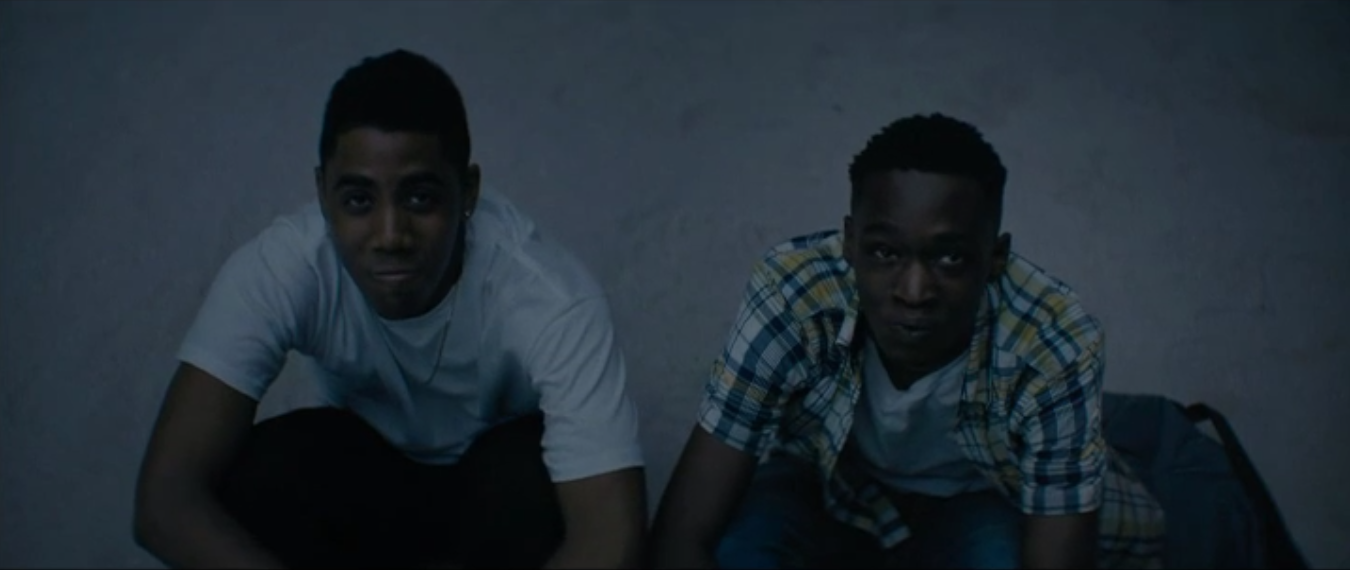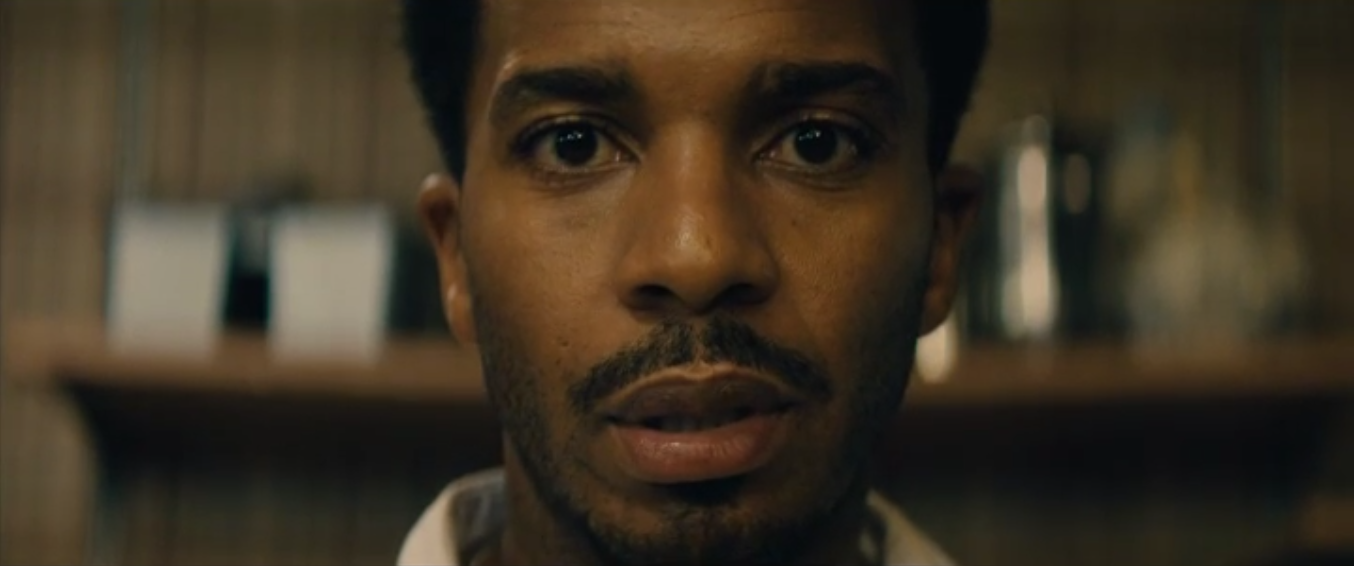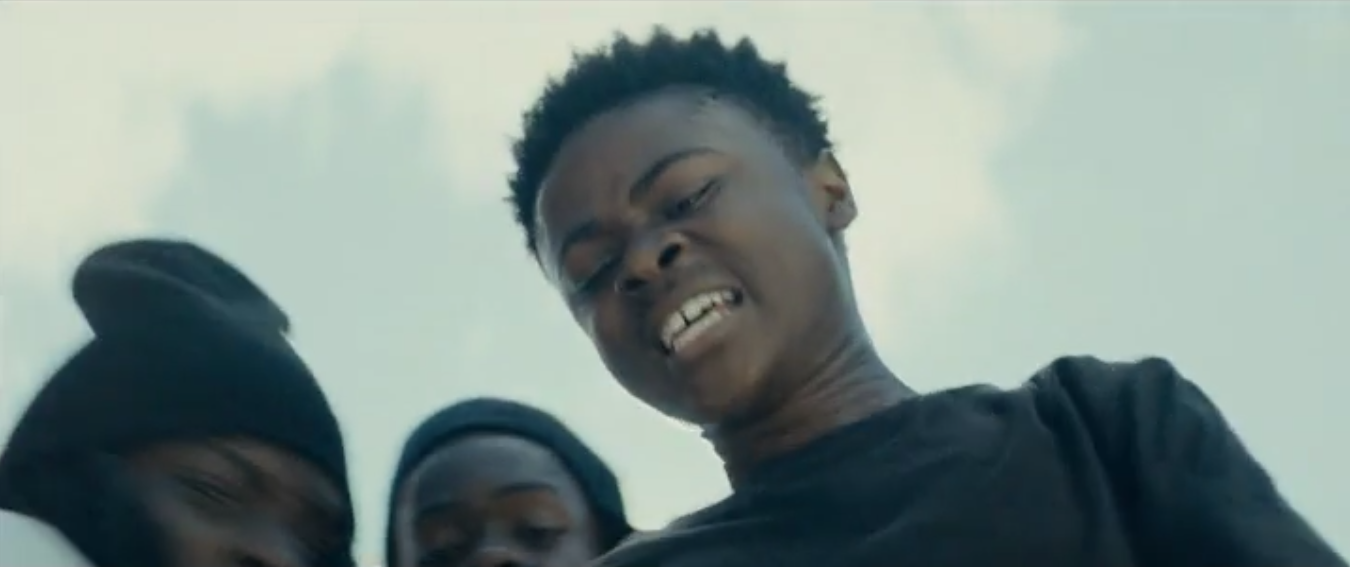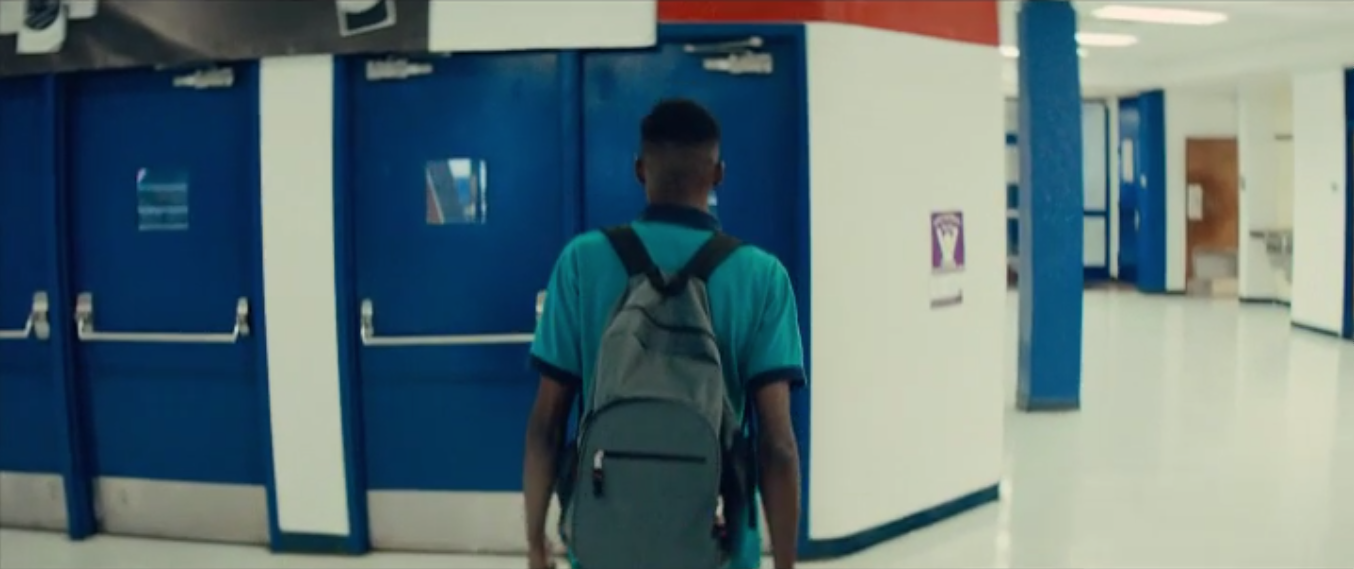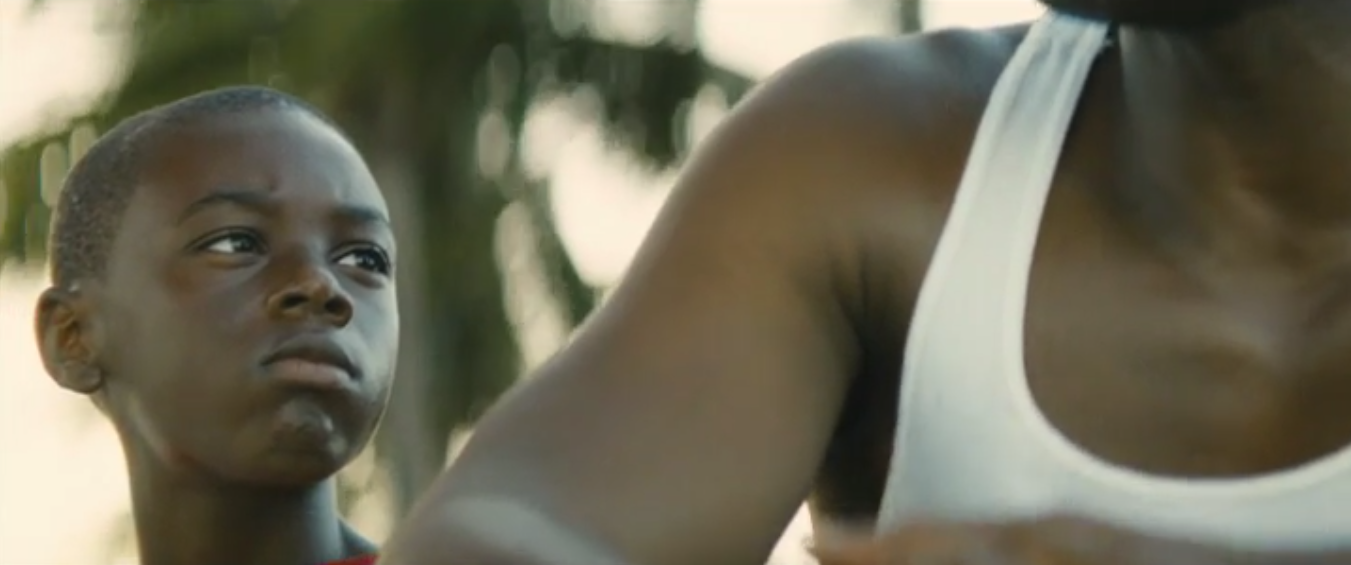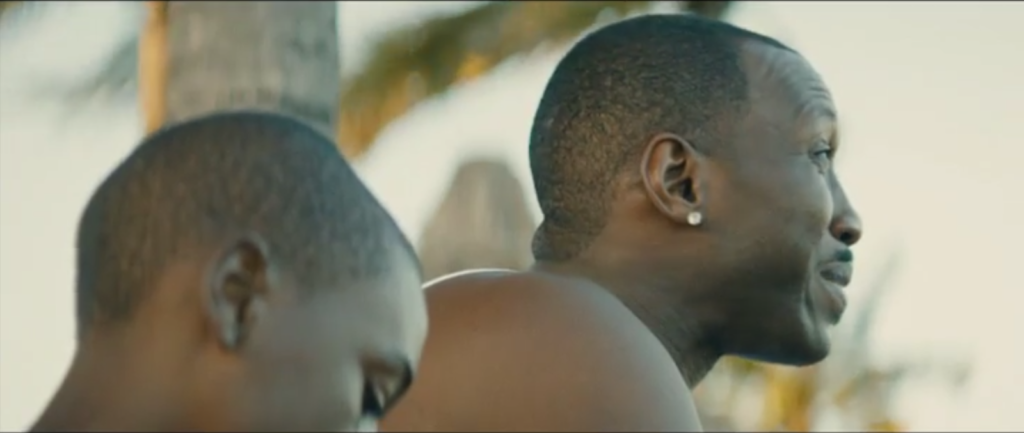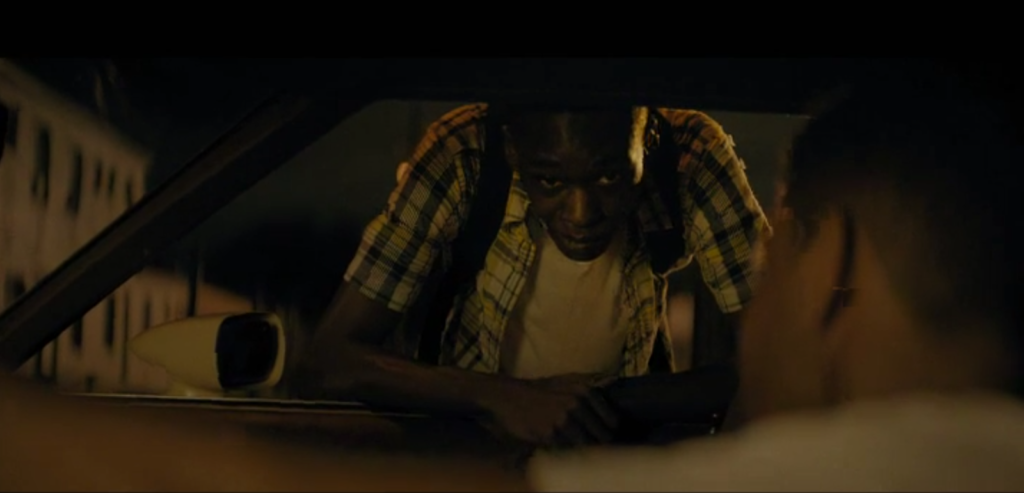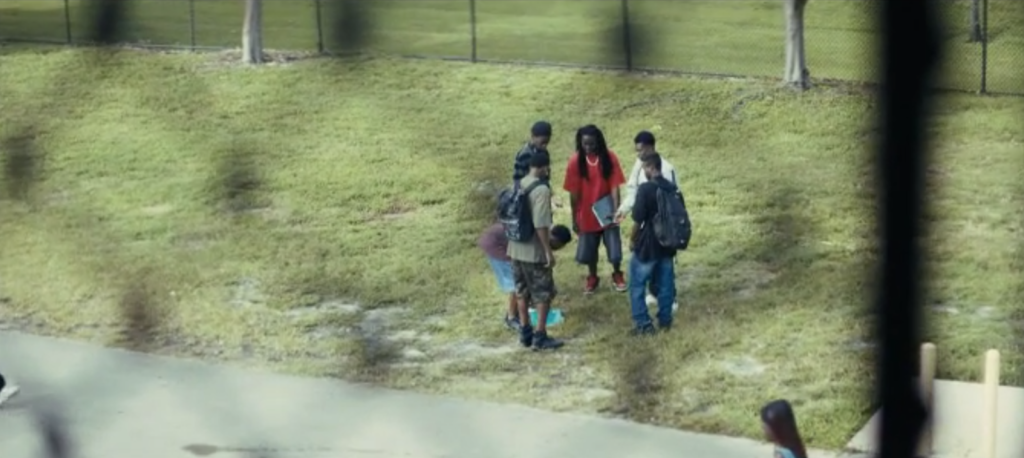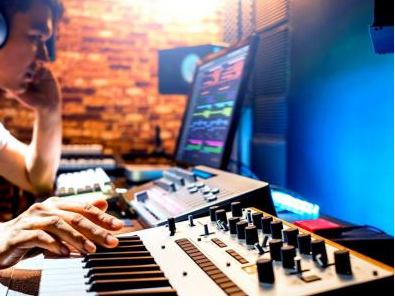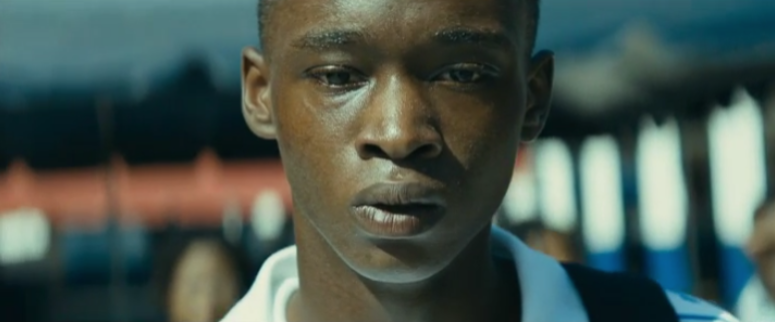
CU – Close up shot
This affects the viewer by making us feel connected to Chiron, the proximity can also create an unease. This was done because the director wants the audience to feel how the character feels, the betrayal and anxiety.
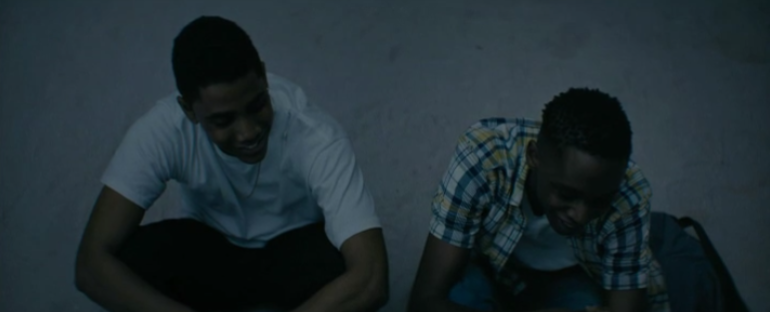
TS – Two shot
This scene makes the viewer feel calm, the shot captures both characters in the scene, showing their interactions from an invisible 3rd point of view (us), conveying the fact that they’re in their own world, confiding with each other about their sexuality.

MLS – medium long shot
The framing and distance of this shot makes the viewer feel like a spectator, watching Chiron take care of himself as his mother is incapable of it due to drug addiction, making this scene still and harsh.
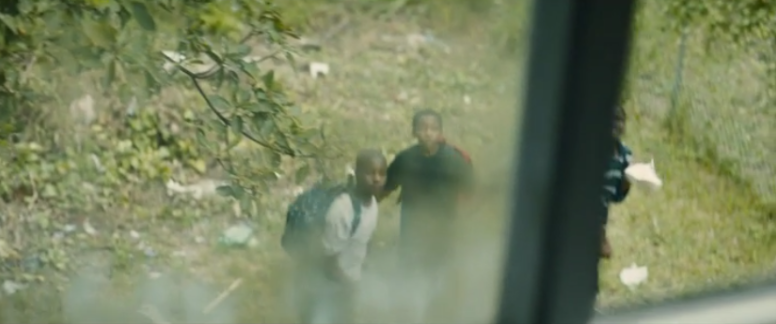
Birds eye angle
This angle choice is designed to convey Chiron’s point of view after running away from a group of boys, hiding out in an empty apartment (?), peering out through the cracks in the window. This helps the viewer understand Chiron’s need to hide himself from threats, this is a common and important theme throughout the film.
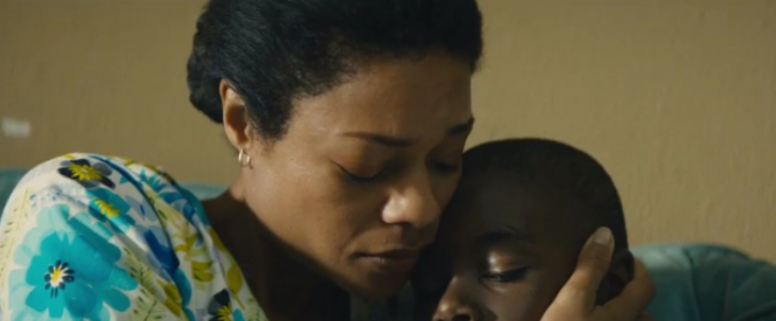
Eye level angle
Using the eye level angle allows the scene to feel intimate for the viewer, this is because this angle is how we usually perceive others around us every day, giving this scene good verisimilitude as it feels realistic.

Low angle
The low angle is effective in this scene particularly because of how Juan feels towards Paula (Chiron’s mother), it’s intense and uncomfortable. For context, Juan is a drug dealer and is selling to Paula, yet Juan is conflicted as he also cares for her son, Chiron, hence why the low angle successfully conveys the discomfort.
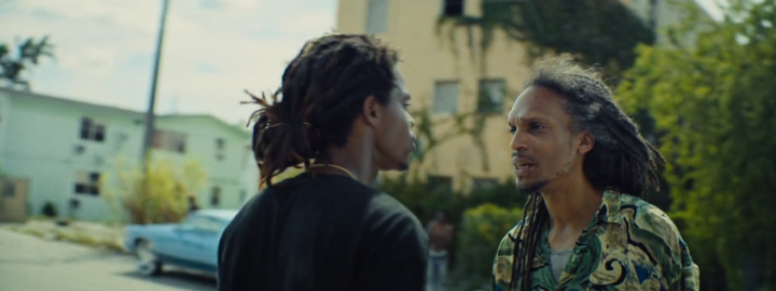
Arch Shot
In this opening scene, the arch shot was smartly utilised to portray the intense environment to the viewer as well as showcasing the environment in an efficient way. It gives the audience an immediate introduction to the world the film is set in, a real one, and how the Miami drug scene is so prevalent out in broad daylight.
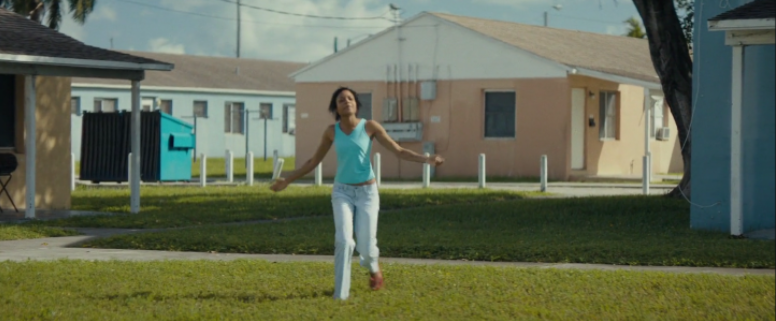
Pan Left
This scene starts with Chiron walking home, but then suddenly whips to the left to show his mother rushing towards him in an erratic fashion. This builds suspense for the audience as we don’t know what she’s going to do, especially since up until this point she has proven to be unpredictable.
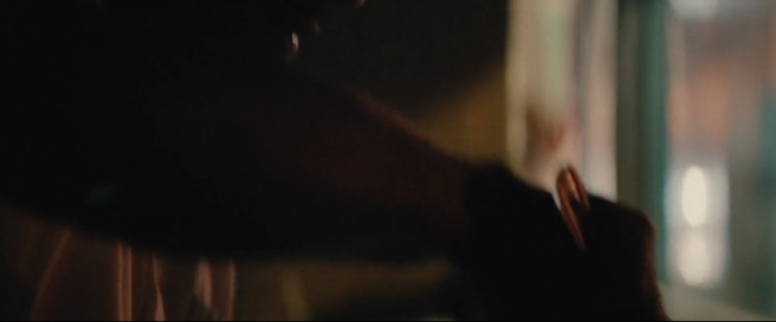

Ped Up
In this montage of Kevin cooking for Chiron, it moves from his hands plating up the meal to his face, consistently drawing our attention back to him. This keeps the audience intrigued into what he’s making, what he’s potentially thinking/feeling whilst cooking.



